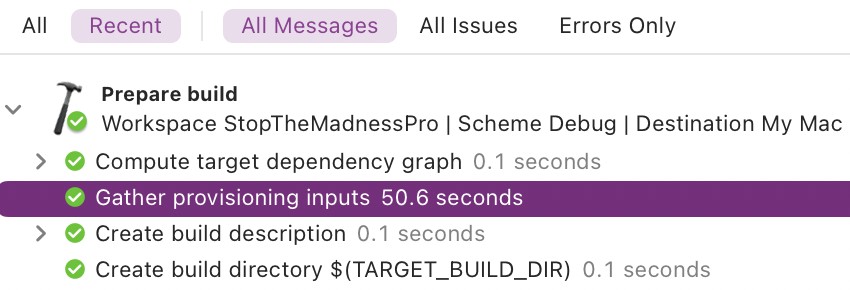
A recent investigation has revealed that Apple's Xcode development environment frequently makes unnecessary network connections to Apple's servers, potentially compromising developer privacy and slowing down the build process.
Jeff Johnson, an experienced developer, discovered that Xcode regularly communicates with multiple Apple domains during routine development tasks, even when such connections are not required for basic functionality.
The investigation found that Xcode connects to several Apple servers:
- developerservices2.apple.com during the "Gathering provisioning inputs" build phase
- devimages-cdn.apple.com upon every launch
- appstoreconnect.apple.com whenever a project is opened
These connections can significantly impact build times. In one instance, the "Gathering provisioning inputs" phase alone took over 50 seconds, accounting for nearly 90% of the total build time.
More concerning is that these connections require developers to be logged into their Apple Developer accounts, allowing Apple to collect identifying information about developers and their projects without explicit consent.
While some connections are necessary for specific tasks like uploading builds to the App Store, many appear superfluous for regular development work. Developers can use firewall tools like Little Snitch to block these connections, resulting in faster builds without any loss of core functionality.
This behavior appears to contradict Apple's public stance on privacy as a "fundamental human right" and raises questions about the company's data collection practices targeting its developer community.
"Xcode is effectively a developer analytics collection mechanism, whether you like it or not," notes Johnson, highlighting growing privacy concerns within the development community.
For developers looking to optimize their workflow, selectively blocking these connections during regular development while enabling them only when necessary for App Store interactions appears to be the most practical solution.